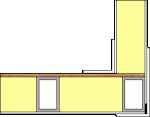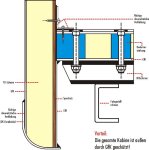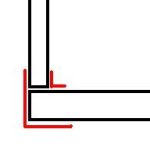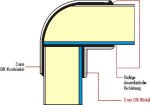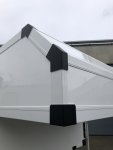Finding a tried and true method to bond SS would be my worry.
Why? It looks like nearly any structural adhesive works. It would be easier than bonding unanodized aluminum.
The beauty of SS is that you buy sheet and have it fabbed in the angles you want. With FRP and aluminum you are stuck with the extruded angles you can get... which appears to be 90 deg.
You could also make your own out of fiberglass/epoxy. It wouldn't be that hard at all. You could even join the pieces together to make an exoskeleton, then bond your panels inside. If you are good with CAD and can work out all the angles and dimensions, that would be a great way to go I think. If I had it to do over, I'd give that approach a try.
"Strength" is a very misunderstood term when it comes to camper boxes. Fiberglass has high strength (per weight) but low stiffness compared to metals. If you isolate the box from a flexible truck frame, then the loads on the box will be nil, unless you put a bunch of stuff on the roof... and in that case you are more interested in the roof being stiff rather than strong. Furniture can certainly add stiffness to the box, but this really isn't necessary... and if loads are induced from the truck frame, you'd rather have a flexible structure than a stiff one.
I think the more important quality is the ability to survive impacts, primarily from tree branches. That's where the edge reinforcement becomes important.



